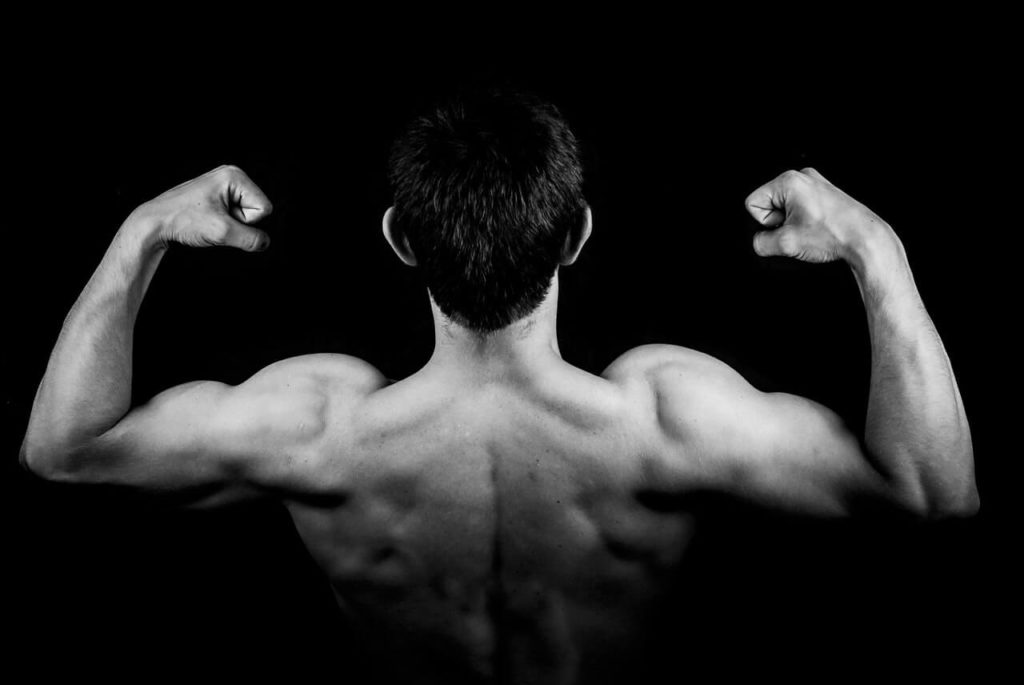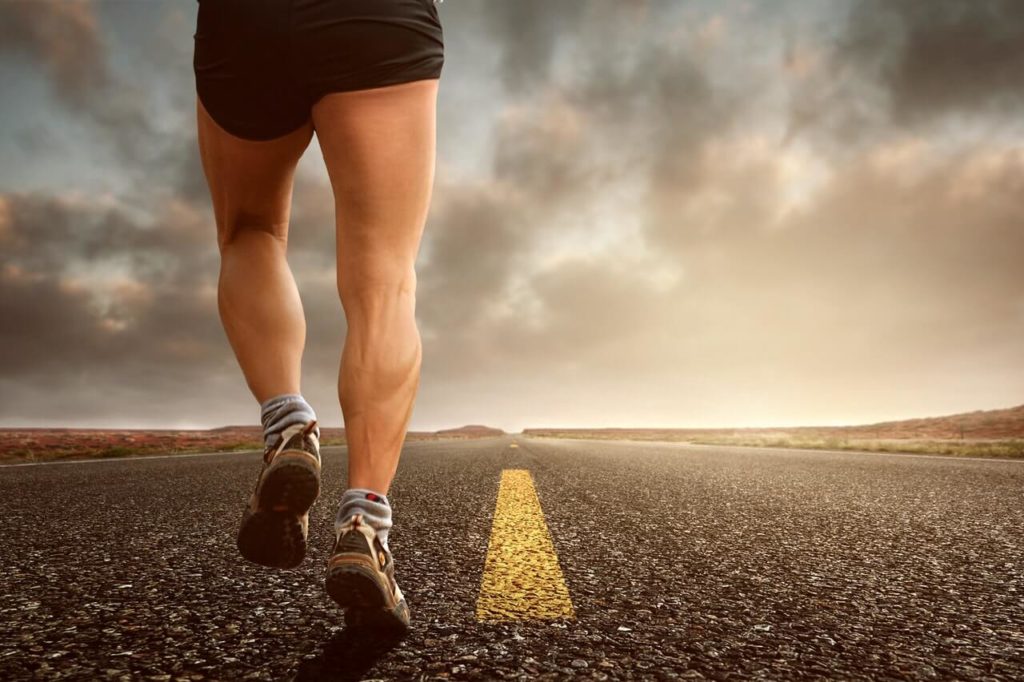Rucking has been promoted by many as a way to build muscle and lose weight. Is it true? Rucking is actually a form of cardio exercise that is done while wearing a weighted pack on your back. It’s just like walking, but with the added weight. Does this extra weight build muscle? Let’s find out.
How Do You Build Muscles in General?
Most people want to build muscles, but how do you do it? There are many different ways to build muscle. Many people like to work out with weights because it provides more resistance and builds up the muscles more quickly. They may also use body-building supplements or protein shakes.
After you exercise, a cellular process reconstructs muscle fibers that have been damaged by your activity through the recombination of muscle fibers into new strands of myofibrils. These new muscle fibers increase in size and number to form your hypertrophy. This is a process that takes place while you rest.
How Does Rucking Build Muscle?
Rucking is an activity that builds endurance and strengthens your muscles. The act of carrying a weighted backpack forces your muscles to work in ways they do not when you are running. Your calves, quads, hamstrings, glutes, back and abs all experience the weight of the pack and must work together in order to support it.

Rucking is also considered a low-impact exercise. Your body will naturally use your glutes, quads, core, and abs to support the weight of the pack.
Rucking Helps Build Muscle in Your Legs
Rucking builds muscle in your legs. It’s a form of exercise that is similar to running, but the focus is on weight-bearing. Participants tackle various terrain over long distances with weighted backpacks, creating the resistance needed for the workout.
Your legs have adjusted to the extra weight they carry with your body. Adding more weight to your body via rucking develops the muscles in your legs in order to gradually build their strength. This strength of your legs will produce the muscle hypertrophy previously described, developing power in your legs.
Muscles in Your Core
When you are working out, it is often tempting to focus on the muscles in your arms, chest, or legs. However, one of the most important parts of your body is often overlooked-your core muscles. Core muscles make up the supporting skeleton for your body and help you maintain a healthy posture.
Thankfully rucking will help you build and activate these muscles. It’s also a great exercise for your lower back, which uses many of the same muscles that form your core.
Your body will undoubtedly adapt to the extra weight and movement while you are adopting when rucking. In order to compensate and keep you from falling forward, your core will exert more strength than what it will bear when you are moving. This will help build your core muscles.
Rucking Builds Muscle in Your Shoulders and Back Too
Extra weight will be added to your shoulders and back as you ruck, leading to an increase in the rate of contraction of the muscles of your neck and back. As your muscles adapt to the additional load, their endurance will likewise grow, strengthening them over time.
Is Rucking Enough to Get You Jacked?
Rucking is a form of Crossfit-style training that involves quickly wearing a weighted backpack and marching with it on your back. Supporters of this exercise say it builds muscle and burns fat, but is this enough to get you jacked?
Those who commit themselves to ruck for fitness or performance say the answer is yes–especially when combined with goal setting, nutrition, and other exercises. But if don’t do any of that then rucking is simply not enough to get you jacked.
If you want to build all the muscle and be jacked, you need to do more than just put on the backpack and march around.
So, Does Rucking Build Muscle?
Whether you’re looking to build muscle or stay in shape, rucking is a good way to get the job done. Not only will you be breaking down those stubborn fat cells, but carrying a weight on your back will also strengthen your muscles as well as give you an intense cardio session as soon as you start working up a sweat.
In conclusion, carrying a pack on your back can provide a great workout and help you build muscles. So go outside and ruck today!



